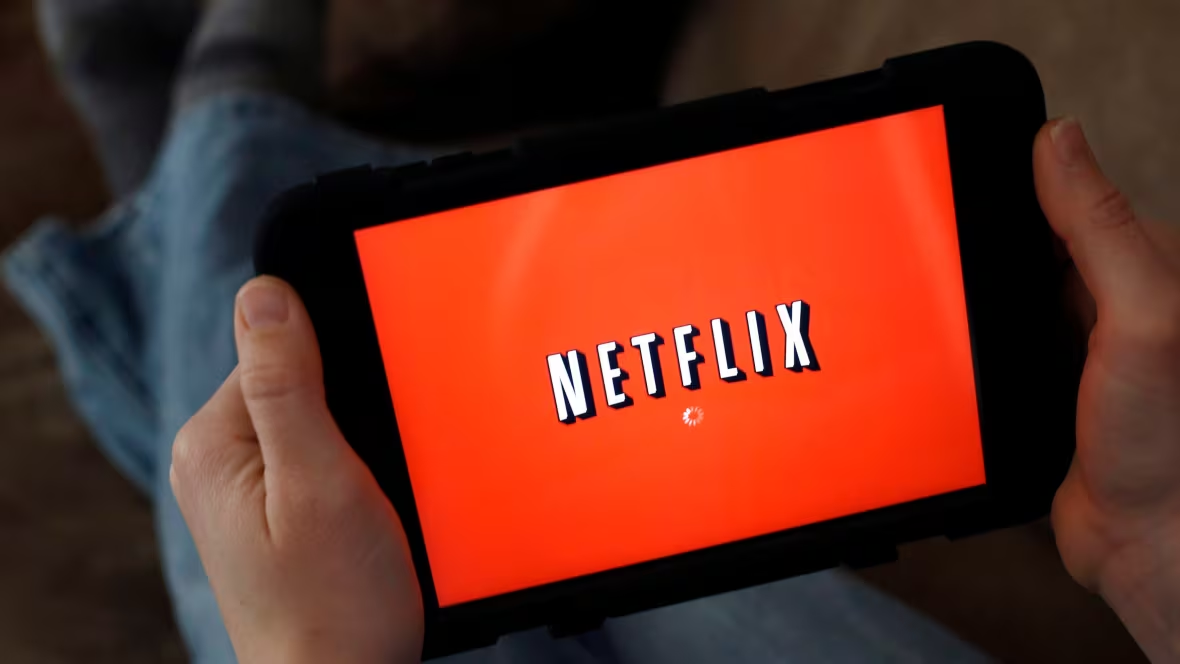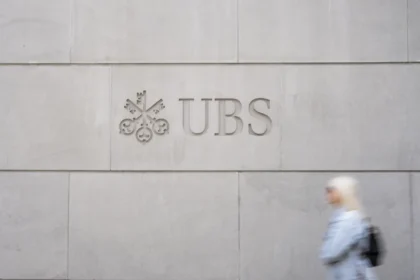At YourDailyAnalysis, we see the announced merger of Seven West Media and Southern Cross Media as a pivotal moment for the Australian media landscape. The deal, valued at A$417 million (around $274 million USD), may become a turning point that determines whether local players can withstand the growing dominance of global streaming services like Netflix and Disney.
According to the companies, Seven West shareholders will receive 0.1552 Southern Cross shares for each share they hold. As a result, Southern Cross will control 50.1% of the merged entity, while Seven West will retain 49.9%. At YourDailyAnalysis, we note that while the split appears nearly equal, Southern Cross effectively gains managerial control. This has already triggered pushback from investors – activist fund Sandon Capital, which owns 11.2% of Southern Cross, has publicly opposed the deal and intends to campaign for a board reshuffle.
The market reaction has been positive: Seven West shares jumped 7%, while Southern Cross rose 6.6%. At YourDailyAnalysis, we emphasize that this short-term boost reflects optimism around potential synergies rather than confidence in long-term success. The companies forecast annual savings of A$25–30 million, but such figures are only realistic if the integration of Southern Cross’s radio networks with Seven West’s television and regional licenses is executed flawlessly.
The role of Kerry Stokes deserves particular attention. His Seven Group still owns about 40% of Seven West, but after the merger his influence will drop to around 20%. At YourDailyAnalysis, we interpret this as a strategic maneuver: Stokes will temporarily maintain his position by chairing the board until 2026, after which control will transition to Southern Cross. This reflects a gradual transfer of authority rather than an abrupt retreat.
Yet the biggest hurdles remain regulatory. The deal requires approval from competition and media authorities, as well as a 75% shareholder vote from Seven West. The vote is scheduled for the first quarter of 2026. At Your Daily Analysis, we believe this is the most critical risk: regulators may raise concerns about excessive concentration, while shareholder dissatisfaction could derail the transaction entirely.
We believe the merger’s success hinges on three factors. First, whether the companies can build a unified strategy where radio, television, and digital platforms complement rather than compete. Second, whether they can achieve cultural integration, aligning staff and management under one cohesive structure. Third, whether they can attract audiences with compelling original content, not just scale.
At YourDailyAnalysis, we stress that if the merger succeeds and is implemented effectively, it could serve as a model for broader consolidation across the sector. Other players, including regional broadcasters, would be compelled to seek alliances to survive. But if the integration fails, the outcome could be dramatic – global streaming giants would cement their hold on the Australian market.















